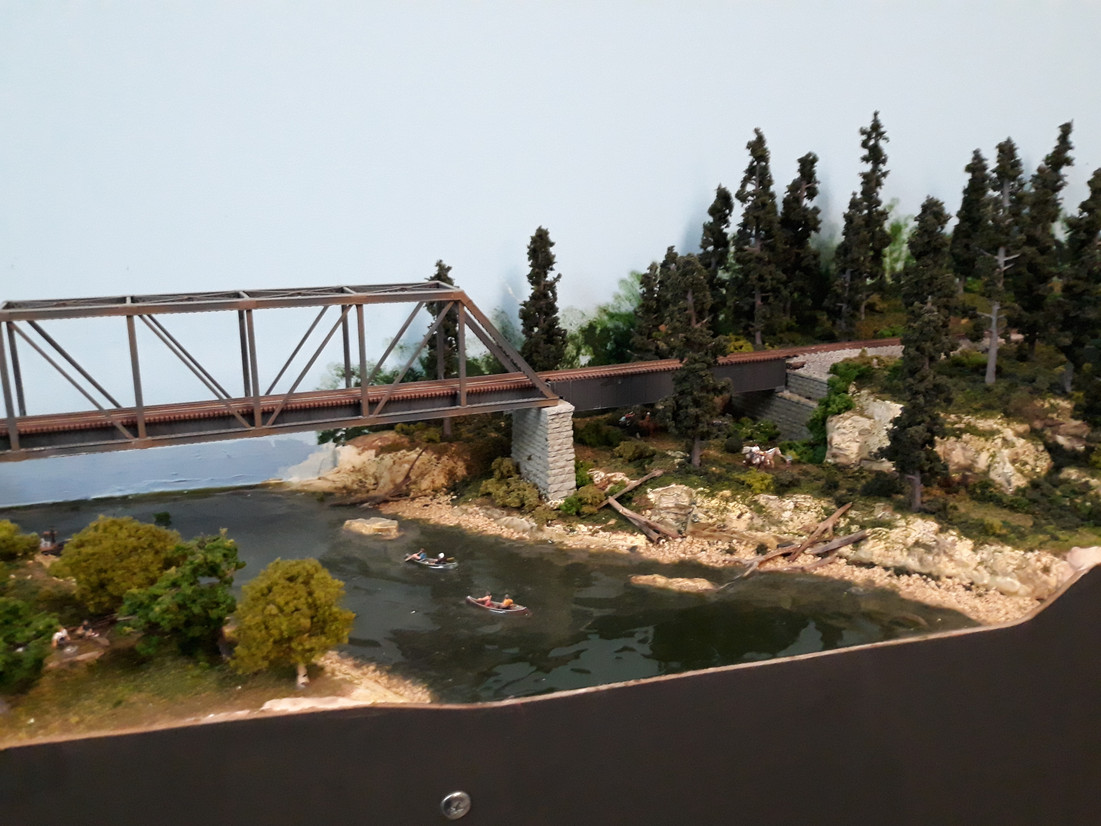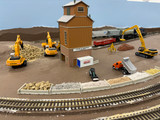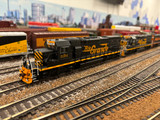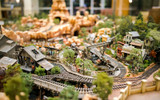Techniques for Creating Realistic Model Railroad Scenes
Model railroading is a captivating hobby that allows enthusiasts to bring miniature worlds to life. One of the key aspects of this hobby is creating realistic scenes that captivate the imagination and transport viewers to another time and place. Achieving realism in model railroad scenes involves a combination of techniques that encompass painting, weathering, adding small details, incorporating lighting and electronics, and seamlessly blending natural elements. In this article, we will delve into each of these techniques to help you elevate your model railroad scenes to the next level.
1. Painting and Weathering: Aging Structures and Terrain
One of the most effective ways to create a realistic model railroad scene is by carefully painting and weathering structures and terrain. This technique involves simulating the effects of time, weather, and wear and tear on the various elements in your scene.
- Structures: When it comes to buildings and structures, painting is just the beginning. Adding layers of weathering with techniques like dry brushing, washes, and chipping can mimic the peeling paint, rust, and grime that accumulate over time. Paying attention to small details like window frames, doors, and roof shingles can further enhance the realism. N Scale Structures HO Scale Structures
- Terrain: For the terrain, using various shades of earth tones can create depth and dimension. Dry brushing lighter colors over raised areas can simulate sun-kissed highlights, while washes can bring out the texture in lower areas. Adding grass, foliage, and ground cover with different colors and textures adds to the authenticity of the scene.
2. Adding Small Details: Signage, Figures, and Vehicles
Small details play a crucial role in bringing life to your model railroad scenes. These details help tell a story and create a sense of scale that makes the scene believable.
- Signage: Incorporating signs that reflect the era and location of your scene can add character. Whether it's vintage advertisements, street signs, or station plaques, properly scaled and weathered signage can transport viewers to a specific time and place.
- Figures: Tiny figures of people engaged in various activities, like waiting for a train, walking on the streets, or working in fields, inject life into the scene. Positioning these figures realistically and painting them with attention to detail can make them appear as though they belong in the scene.
- Vehicles: Including accurately scaled vehicles, such as cars and trucks, contributes to the sense of realism. Weathering these vehicles to replicate dirt, wear, and even slight rust can make them look like they've been on the road for years.
3. Incorporating Lighting and Electronics
Lighting can transform your model railroad scene from ordinary to extraordinary. Skillfully incorporating lighting and electronics adds a layer of dynamic realism.
- Interior Lighting: If your scene features structures with interiors, consider adding lighting to windows. Warm, soft lighting can make buildings look inviting and lived-in. Modern LEDs provide a range of options for adjusting brightness and color.
- Street Lights and Signals: Street lights, crossing signals, and station platform lights can create stunning visual effects. Using programmable systems, you can simulate changing light patterns and even replicate day-to-night transitions.
4. Blending Natural Elements: Rocks, Streams, and Hills
Bringing the natural world into your model railroad scene involves integrating elements like rocks, water bodies, and hills seamlessly.
- Rocks and Cliffs: Craft realistic rock formations using materials like foam, plaster, and even actual rocks. Incorporate different shades and textures to mimic the diverse nature of real rock formations.
- Streams and Waterfalls: Creating water bodies requires careful attention to achieve a convincing look. Epoxy resins can simulate water surfaces effectively, while layers of acrylic paints can mimic the depth and color variations of water. To enhance realism, add ripples, reflections, and even miniature aquatic plants.
- Hills and Mountains: Using lightweight materials like foam, you can sculpt hills and mountains. Layering different shades of ground cover, grass, and trees as you move upward creates a sense of distance and depth.
In conclusion, creating realistic model railroad scenes involves a blend of techniques that span painting, weathering, adding details, lighting, electronics, and natural elements. Each technique contributes to the overall authenticity of the scene and the immersive experience it provides to viewers. By mastering these techniques and continuously refining your skills, you can transform your model railroad into a captivating world that captures the essence of reality on a miniature scale.
Photo Courtesy of Gary Atwell of his personal N Scale Layout
Recent Posts
-
All Aboard the Wisdom Express: Life Lessons from Model Railroading
Embarking on the journey of model railroading opens the door to a world where imagination meets prec
-
Capturing History in Miniature: The Art of Prototype Modeling in the Model Railroad World
Prototype modeling in the model railroad world involves creating miniature replicas of real-life tra
-
Unveiling the Imaginative World of Fictional Railroads: Where Creativity Meets the Rails
Model railroading has long been a hobby rooted in historical accuracy and meticulous attention to de




